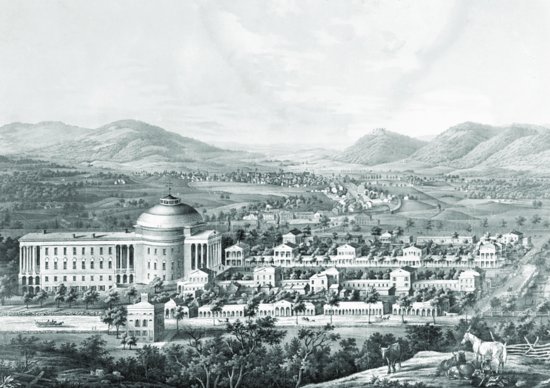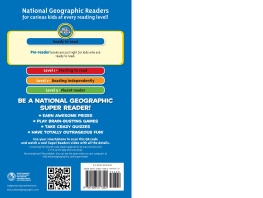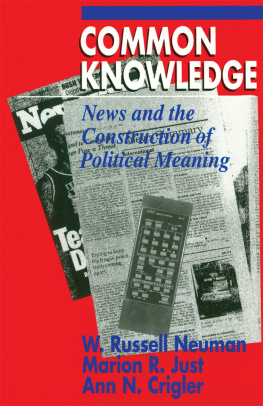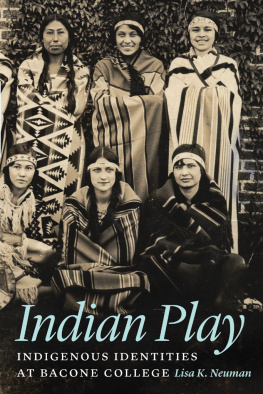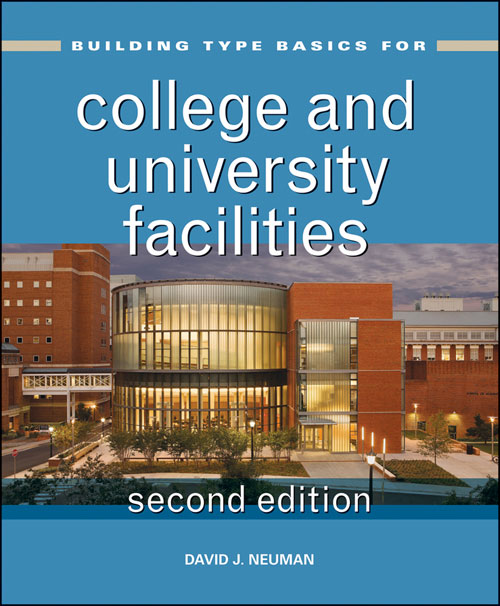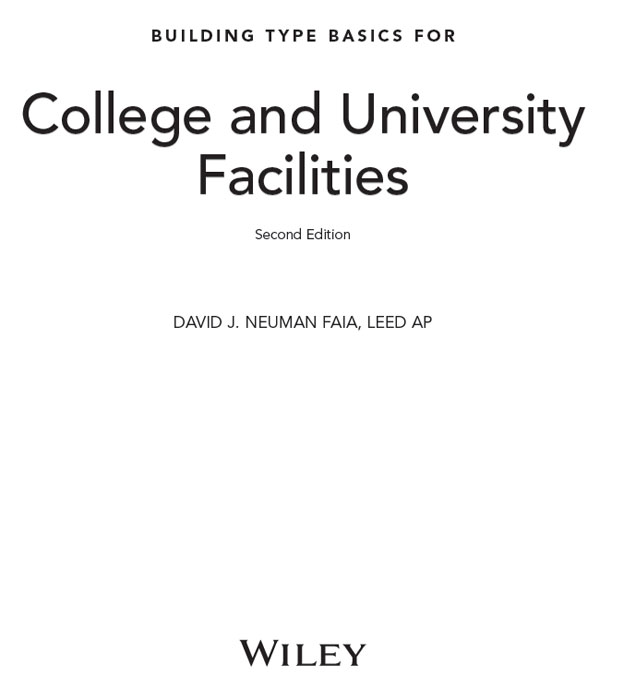BUILDING TYPE BASICS
Books are available for each of the following:
BANKS AND FINANCIAL INSTITUTIONS
By Homer Williams
ELEMENTARY AND SECONDARY SCHOOLS, SECOND EDITION
By Bradford Perkins
HEALTHCARE FACILITIES, SECOND EDITION
By Richard L. Kobus, Ronald L. Skaggs, Michael Bobrow, Julia Thomas, Thomas M. Payette, Stephen A. Kliment
HOUSING, SECOND EDITION
By Joan Goody, Robert Chandler, John Clancy, David Dixon, and Geoffrey Wooding
PLACES OF WORSHIP
By Nicholas W. Roberts
RECREATIONAL FACILITIES
By Richard J. Diedrich
RESEARCH LABORATORIES, SECOND EDITION
By Daniel D. Watch, Stephen A. Kliment, Perkins & Will
SENIOR LIVING, SECOND EDITION
By Perkins Eastman
TRANSIT FACILITIES
By Kenneth W. Griffin
Cover image: Medical Education Building at the University of Virginia
Building: Claude Moore Medical Education Building
Architect: CO Architects
Photograph: Robert Canfield
Cover design: Anne-Michele Abbott
This book is printed on acid-free paper. 
Copyright 2013 by John Wiley & Sons, Inc. All rights reserved
Published by John Wiley & Sons, Inc., Hoboken, New Jersey
Published simultaneously in Canada
No part of this publication may be reproduced, stored in a retrieval system, or transmitted in any form or by any means, electronic, mechanical, photocopying, recording, scanning, or otherwise, except as permitted under Section 107 or 108 of the 1976 United States Copyright Act, without either the prior written permission of the Publisher, or authorization through payment of the appropriate per-copy fee to the Copyright Clearance Center, 222 Rosewood Drive, Danvers, MA 01923, (978) 750-8400, fax (978) 646-8600, or on the web at www.copyright.com . Requests to the Publisher for permission should be addressed to the Permissions Department, John Wiley & Sons, Inc., 111 River Street, Hoboken, NJ 07030, (201) 748-6011, fax (201) 748-6008, or online at www.wiley.com/go/permissions .
Limit of Liability/Disclaimer of Warranty: While the publisher and author have used their best efforts in preparing this book, they make no representations or warranties with the respect to the accuracy or completeness of the contents of this book and specifically disclaim any implied warranties of merchantability or fitness for a particular purpose. No warranty may be created or extended by sales representatives or written sales materials. The advice and strategies contained herein may not be suitable for your situation. You should consult with a professional where appropriate. Neither the publisher nor the author shall be liable for damages arising herefrom.
For general information about our other products and services, please contact our Customer Care Department within the United States at (800) 762-2974, outside the United States at (317) 572-3993 or fax (317) 572-4002.
Wiley publishes in a variety of print and electronic formats and by print-on-demand. Some material included with standard print versions of this book may not be included in e-books or in print-on-demand. If this book refers to media such as a CD or DVD that is not included in the version you purchased, you may download this material at http://booksupport.wiley.com . For more information about Wiley products, visit www.wiley.com .
Library of Congress Cataloging-in-Publication Data:
Neuman, David J.
Building type basics for college and university facilities / David J. Neuman.Second Edition.
pages cm
Includes index.
ISBN 978-1-118-00802-7 (cloth); ISBN 978-1-118-33019-7 (ebk); ISBN 978-1-118-33120-0 (ebk); ISBN 978-1-118-33291-7 (ebk); ISBN 978-1-118-44376-7 (ebk); ISBN 978-1-118-44380-4 (ebk)
1. College buildings. 2. Campus planning. 3. College facilitiesPlanning. I. Title.
NA6600.N48 2013
727.3dc23
2012017301
ACKNOWLEDGMENTS
David Neuman thanks Erinn A. Scheibel for her expertise, enthusiasm, and just plain hard work, not only on Chapter 1, but also on the entire book; Danielle MacGregor and Alexander Howle, student interns, who assisted me and the other chapter authors in the initiation of this book with equal levels of energy and diligence.
David Nelson would like to thank Sophie Izon, Rebecca Roke, and Matthew Foreman for their assistance.
Steve Farneth would like to thank Cora Palmer for her support and assistance.
Graham Wyatt thanks Mark Loeffler and Mark Holden for their insights related to lighting and AV/IT systems, and Delia Conache, who is responsible for Robert A.M. Stern Architects' ever-expanding collection of classroom diagrams, many of which are featured in this book.
John Ruble and Jeanne Chen wish to thank Willie Brown, Tom Hier, Larry Moneta, and Marty Redman for inspiring a discussion of housing issues, and Victoria Lam for constant creative input to our conception and organization of the chapter.
David Body acknowledges Roy Viklund AIA as author of content retained from the previous edition and also Cynthia Hilliers, Tina Pietrobon, Christopher Whitcomb, and Lavonia Allen for their advice and support.
Brenda Levin would like to thank Margaret Bach, Delyte Adams-Lawrence, Cameron Izuno, and Alice Valania for their assistance in the preparation of their chapter.
William Rawn and Cliff Gayley thank Mark Oldham for his advice on technical issues and Kate McCoubrey for her editorial assistance.
CHAPTER 1
CAMPUS PLANNING
David J. Neuman, FAIA, LEED BD + C
OVERVIEW
Campus planning, architecture, and landscape are critical topics at every university and college with a physical setting, for three important reasons:
- They create the actual environment that supports the mission and goals of the institution.
- They define the tangible identity that the institution portrays to its alumni, faculty, students (both current and future), and the general public.
- They assist in portraying the level of sustainability commitment made by the institution.
In short, an academic institution's campus is a critical component of its very existence and survival. This volume is dedicated to translating this important fact into practical terms at the levels of planning, design, and implementation. The chapter authors have each contributed to the phenomenon known as the campus through specific plans, buildings, and landscapes, each of which has in its own way contributed to the further development of this unique environment.
While designing the University of Virginia, Thomas Jefferson described his goal as the creation of an Academical Village (see ). This term expressed Jefferson's own views on education and planning, but it also summarizes a basic trait of American higher education from the colonial period to the twenty-first century: the conception of colleges and universities as communities in themselvesin effect, as cities in microcosm. This reflects educational patterns and ideals which, although derived principally from Europe, have developed in distinctively American ways.
View of the University of Virginia, Charlottesville, & Monticello, from the west. Edward Sachse, draftsman; Casimir Bohn, publisher, 1856.
Courtesy of the Albert and Shirley Small Special Collections Library, University of Virginia .
